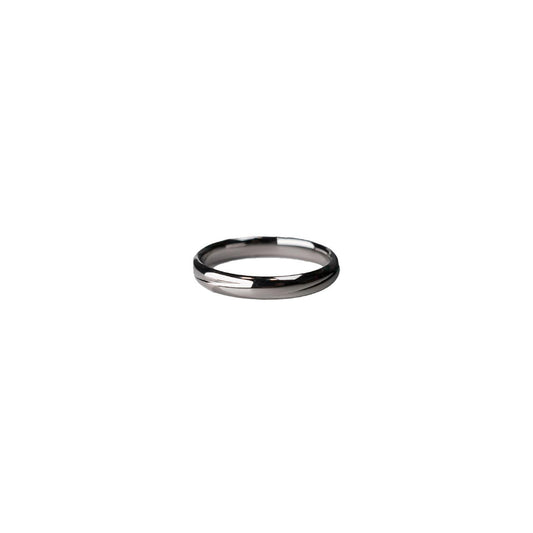Is Alloy Hypoallergenic A Deep Dive into Metal Sensitivities
Is Alloy Hypoallergenic A Deep Dive into Metal Sensitivities
The idea of jewelry sparking joy is grounded in the way these tiny pieces complement our being, often signifying cherished moments or connections. However, nothing can ruin this experience faster than the red rash that some people experience, a stubborn reminder of allergic reactions. This brings us to a common question: Is alloy hypoallergenic?
To answer this, let's first understand what an alloy is. Simply put, an alloy is a blend of two or more metals. Jewelers have long praised alloys for their durability and versatility, allowing them to create pieces that stand the test of time without losing their shine. Take white gold, for instance. It’s not just gold; it’s an alloy typically mixed with palladium or nickel to give it that silvery sheen we all admire.
I remember my own run-in with this issue. Some years back, I inherited a lovely necklace from my grandmother. It carried the delicate mingling of family history and artistry. But, within hours of wearing it, an itch began pestering my neck. It turned out that the nickel in the alloy was the culprit—my skin's nemesis.
Nickel is notorious for causing allergic reactions and is often present in various alloys. Unfortunately, despite advances in jewelry making, nickel remains a frequent component due to its strength and affordability. Imagine someone browsing through a quaint artisan market, excited about a unique bracelet, only to realize it’s made with a nickel alloy. Their enthusiasm dampens with the reality of a possible rash.
However, not all alloys are created equal. For those with sensitive skin, options like surgical stainless steel often present a safer bet. Such alloys, specifically crafted to minimize allergic reactions, avoid the common irritants. Additionally, alloys containing metals like platinum or titanium are typically hypoallergenic. They cater not only to comfort but also to those who revel in their minimalist beauty.
The cultural angle cannot be overlooked either. In western societies, there’s a growing awareness about hypoallergenic options, fueled by both a rise in metal allergies and a demand for safer, skin-friendly products. This shift impacts how artisans and manufacturers choose materials for their creations. More than ever, jewelers are keenly aware that providing information about metal components is not just ethically responsible but also a selling point.
For those navigating the world of jewelry with sensitive skin, be vigilant about the metal mix. Always inquire, and don’t shy away from expressing your sensitivities. It’s not merely about aesthetics or cost; it’s about ensuring that the joy of wearing jewelry remains untainted by discomfort.
In the end, while most alloys might not promise hypoallergenic comfort, the market is rich with options that do. It’s a matter of looking beyond the glint and glam to find what truly works for your skin. And should you ever find a piece that reconciles beauty with comfort, hold onto it—like that necklace from grandma, albeit with a functional twist. After all, true beauty doesn’t come at the expense of well-being, does it?


























